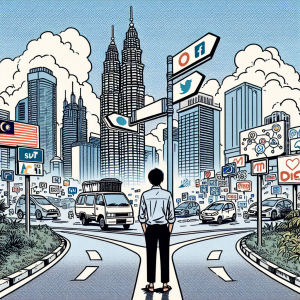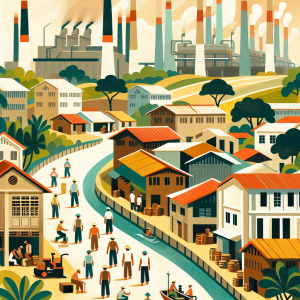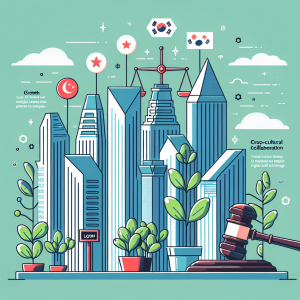Singapore’s manufacturing sector is facing a slowdown, reflecting broader concerns in Asia as the region braces for the economic impact of tariffs imposed during the Trump administration. Recent data indicates that factory activity growth in Singapore has decelerated, raising alarms among economists and business leaders who are closely monitoring the unfolding trade dynamics.
The latest reports show that Singapore’s Purchasing Managers’ Index (PMI) has dipped, signaling a contraction in manufacturing activity. This decline can be attributed to several factors, including the ongoing U.S.-China trade tensions that have disrupted supply chains and increased operational costs for companies reliant on cross-border trade. As a major hub for multinational corporations, Singapore’s economy is particularly vulnerable to these external shocks, with its high trade-to-GDP ratio underscoring the critical importance of international markets.
Impact of Tariffs on Manufacturing Activity
The tariffs implemented by the U.S. on Chinese goods have reverberated throughout Asia, prompting companies to reevaluate their production strategies. Firms like Ace Headwear have begun to explore alternative markets and production bases to mitigate the financial burden of increased tariffs. This shift not only affects the companies directly involved but also has a cascading effect on Singapore’s economy, which thrives on intermediary trade and the flow of goods between nations.
Despite these challenges, Singapore’s government has been proactive in its response. Initiatives aimed at diversifying economic activities and enhancing workforce skills are being prioritized to ensure the nation remains competitive. The promotion of innovation and entrepreneurship is also central to Singapore’s strategy, as it seeks to navigate through the uncertainties posed by global trade tensions.
Resilience Amidst Uncertainty
While the current slowdown in factory activity is concerning, Singapore’s economy has demonstrated remarkable resilience in the past. Its strategic location, coupled with advanced infrastructure and a pro-business environment, continues to attract significant foreign direct investment (FDI). The country has built a reputation as a global financial hub, characterized by low corruption levels and a stable political climate, which further enhances its appeal to investors.
Moreover, Singapore’s manufacturing sector is not solely reliant on traditional industries. The nation has made significant strides in high-value industries such as electronics, chemicals, and pharmaceuticals, along with emerging sectors like biotechnology and renewable energy. This diversification is crucial as it positions Singapore to adapt to changing global demands and mitigate risks associated with specific industries.
Conclusion
As Singapore navigates the complexities of a slowing manufacturing sector amidst global trade tensions, the nation’s proactive approach will be key to its future economic stability. By focusing on innovation, workforce development, and diversification, Singapore aims to maintain its status as a critical player in the global economy. While challenges remain, the country’s ability to adapt and respond to external pressures will likely determine its path forward in an increasingly interconnected world.





